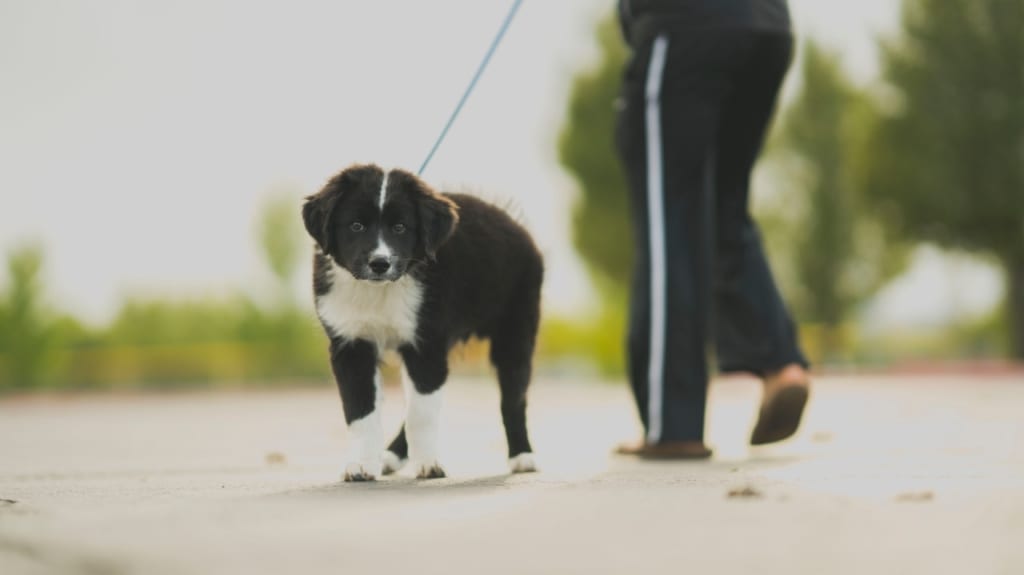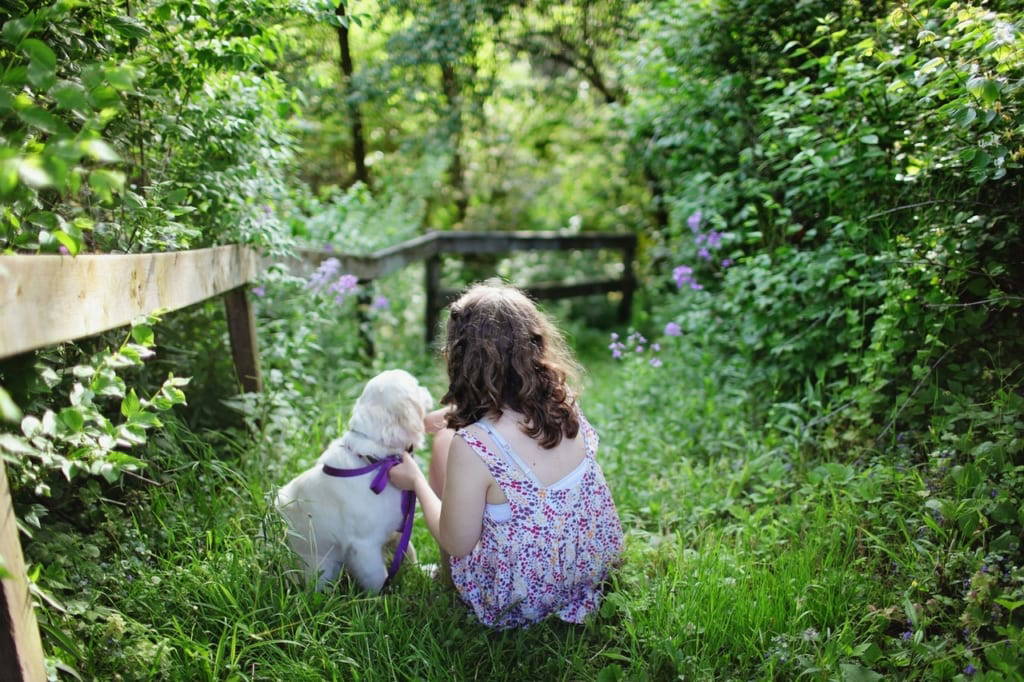Puppy socialisation is a training process that teaches your puppy how to interact with people, dogs and other animals. It also teaches them how to cope in different environments and situations. All in all it is an important step towards having a happy dog, not just as a puppy but for the rest of its life. Good puppy socialisation and training can reduce the risk of behavioural problems later on in life. Here are our top 10 tips when it comes to puppy socialisation:
1. Start as soon as possible!
All animals have what we call a socialisation window. This is a time period in their life that their mental development allows them to more easily overcome fear and accept new things. For dogs this window is often between 3-12 weeks. This is the best time to socialise your puppy. Therefore it is vital to start socialisation almost as soon as you have your puppy. It is also important when choosing your puppy to make sure that the breeder has been socialising them before they come to you. Ideally chose a puppy from an active family household.
2. Make sure it is safe.
Before taking your puppy outside please think about the risks. If they are not yet fully vaccinated then they should not be allowed on the floor and should be kept away from other dogs. It is important to make sure that they have a secure collar (or harness) and lead. The collar or harness should fit well and be comfortable. It is a good idea to let your puppy get used to its new collar and lead inside the house before heading off outside.
3. Get them used to different people.
Introducing your puppy to a wide variety of people early on is very beneficial. This should include people of different ages and different nationalities, people in wheelchairs, people with walking sticks, people in reflective jackets, people in scarves, people in sunglasses and people in hats, the list goes on. With current coronavirus guidelines this can be tricky but do the best you can.
4. Introduce them to a variety of sounds.
Noises can be scary. It is important to introduce your puppy to a variety of noises. Such as the hoover, the hairdryer, the car, a baby crying, noisy traffic, washing machines, thunder and fireworks. You can get a free download of the most common sounds to use for puppy socialisation here.
5. Travel to lots of different places.
This not only allows your puppy access to many diverse environments to acclimatise to, but also gets them used to travelling in the car. Start with shorter journeys and then increase the length over time. Good places to visit include: the park, the beach, a busy town, the school run, farms and train stations. It is a great idea to get them used to the train or the bus if you plan on ever taking them on public transport.
6. Bring them in to see us at the vets.
We love to see your new puppies and we love it when they like to see us. Bringing dogs in for regular visits, such as weighing for monthly parasite treatment, when they are young is vital in reducing the stress of veterinary visits when your pet gets older. Bringing some favourite treats in with you can also help to teach your dog that the vets is not a bad place to be. This means that when they are unwell they will not have the added stress of being in a scary place. In some cases when walking by they may even pull you in because they enjoy coming to see us.
7. Take them to training classes.
Whilst good training with positive reinforcement helps to build a good relationship with your pet, that is not the only benefit to puppy training classes. Puppy socialisation also happens here. At puppy training classes your dog can learn to socialise with other dogs in a safe environment. The only downside is that these classes have to wait until your puppy has had all it’s vaccines. This means that classes usually start outside the socialisation window. However there is a way to get ahead on puppy socialisation with other dogs. Your puppy can meet with other vaccinated dogs in a home environment. This means your friends and family can bring their dogs round to you, or you can take your puppy round to them. They get to meet more people this way too.
8. Stay calm and confident and make it fun.
It is most important to make sure new experiences are good ones. To help with this first keep calm yourself. If your puppy seems scared, do not try to comfort them, just change the situation to something they are ok with and stay positive and upbeat. By comforting them you are inadvertently telling them there was a reason to be scared, when you know there wasn’t. When they are calm and happy give them lots of praise and some treats. Build up new experiences gradually. Start with a quiet road before introducing them to a busy one. Most of all try and keep it fun and interesting.
9. Get them used to being handled.
It is very helpful both when visiting the vets and for general day to day health care to be able to handle your dog fully. This starts as puppies and forms part of puppy socialisation. Your puppy should be trained to be used to having their ears, eyes, feet, mouth, teeth, tail and the rest of their body looked at. This means that if they hurt themselves that they are less worried when being examined and will be much easier to examine. Alongside this it is a good idea to get them used to general grooming such as brushing and nail clipping.
10. What to avoid.
It is a good idea to avoid doing too much at once. Up to three new things a day is a good rule. It is also best to take puppy socialisation step by step and at your puppies own pace. Don’t force them into a new or scary situation, let them explore it when they are ready. It is imperative that you wait for your dogs vaccines to take effect before taking them outside and putting them on the ground or allowing them to meet strange dogs. If you do not wait you risk them getting diseases such as distemper or parvovirus, especially as puppies of that age are more susceptible. Do not keep socialising with the same one or two dogs, variation is the key. Alongside that though take into account your individual puppy. Using a great dane to socialise with your new chihuahua puppy may not be the best idea. Or introducing your nervous puppy to a boisterous labrador would not be the best start.
Hopefully with all these tips you will have a well socialised and happy dog. For more information on puppy socialisation please see the Puppy Plan website.



